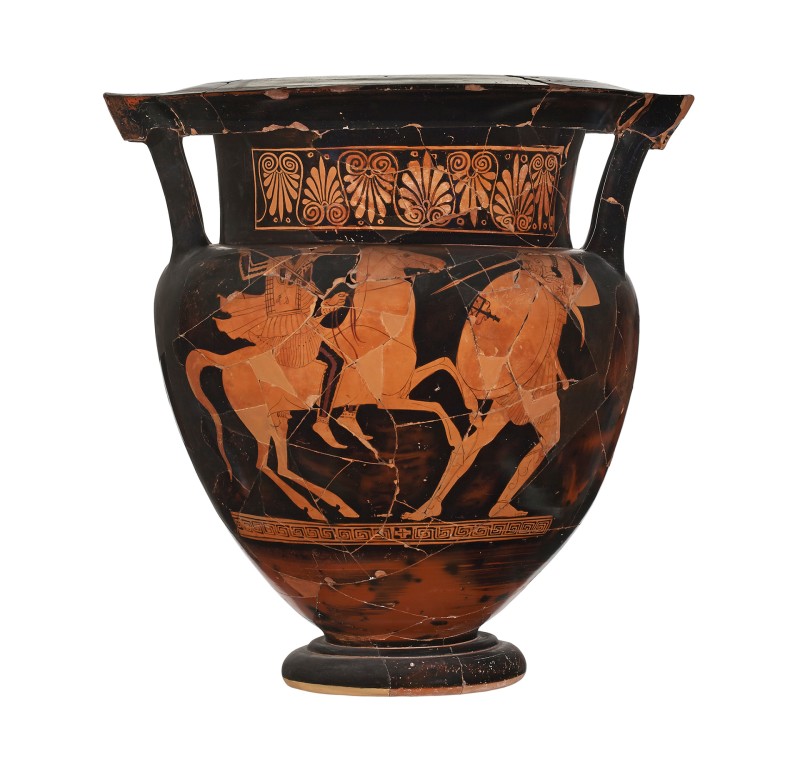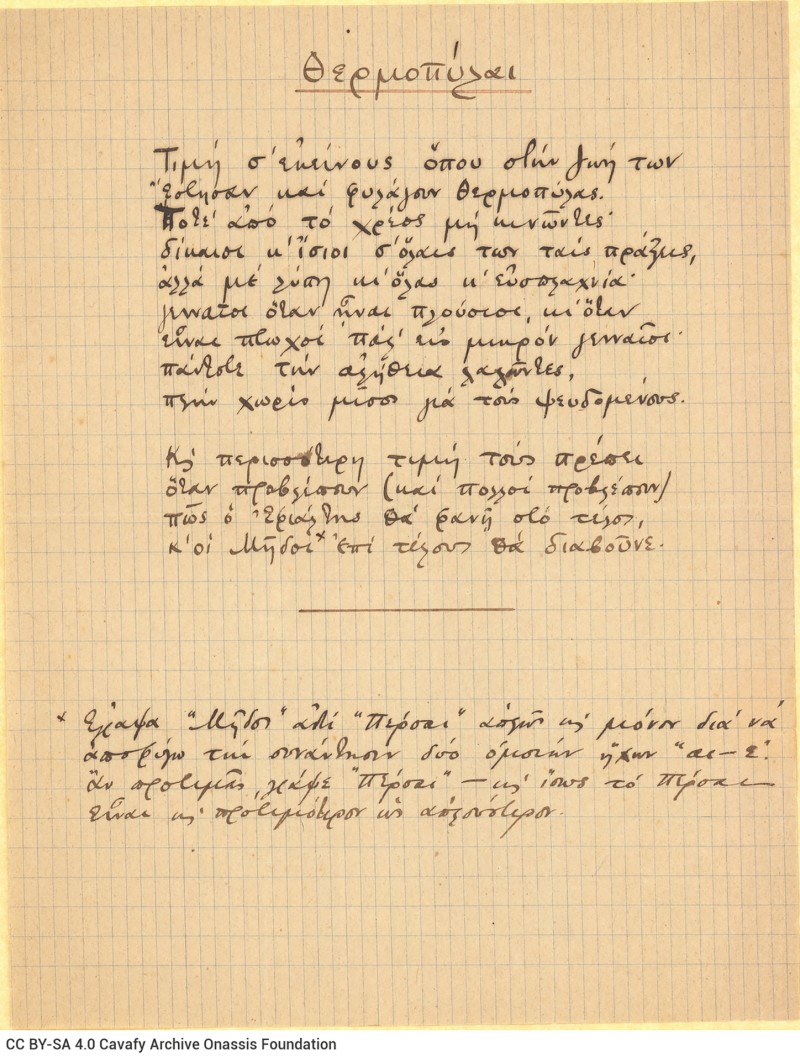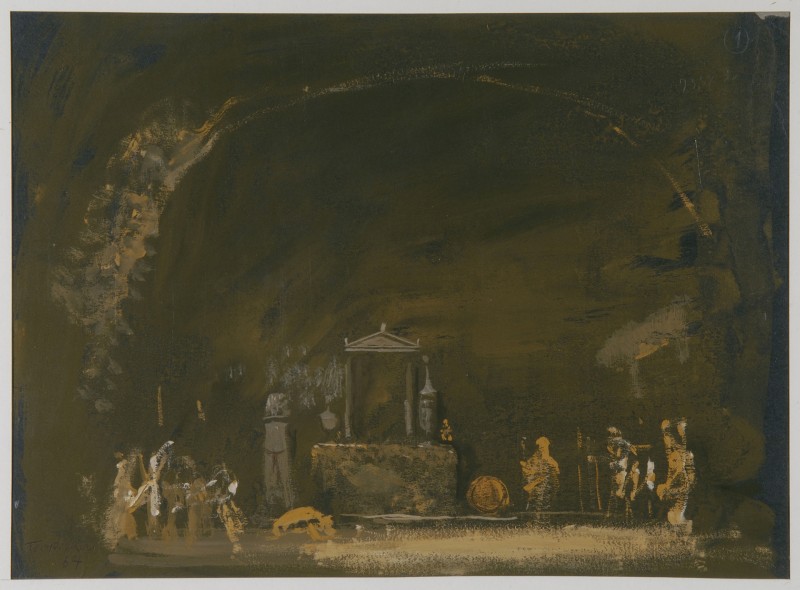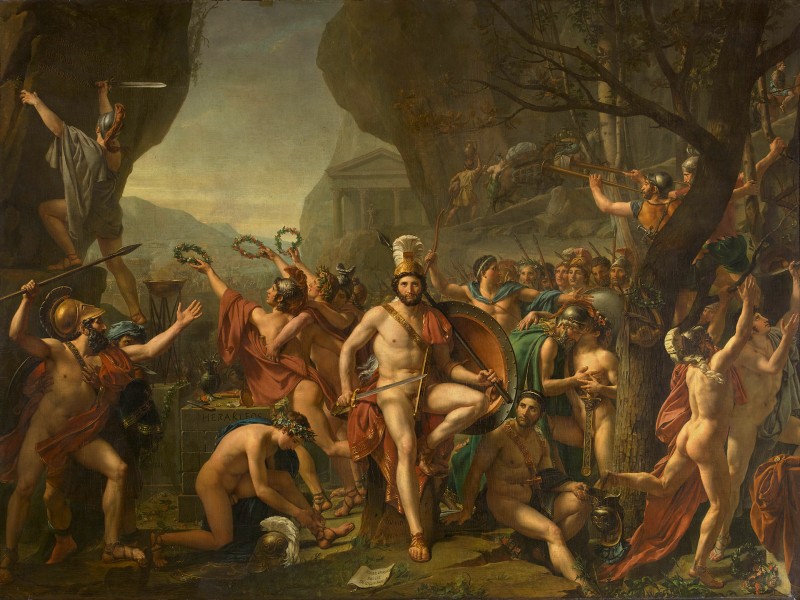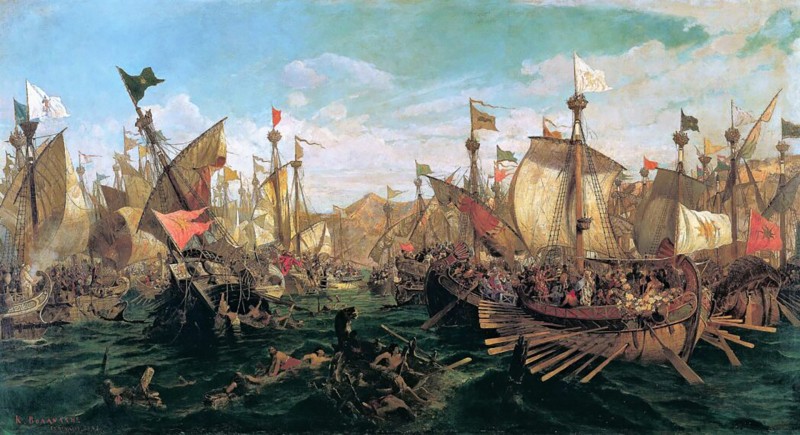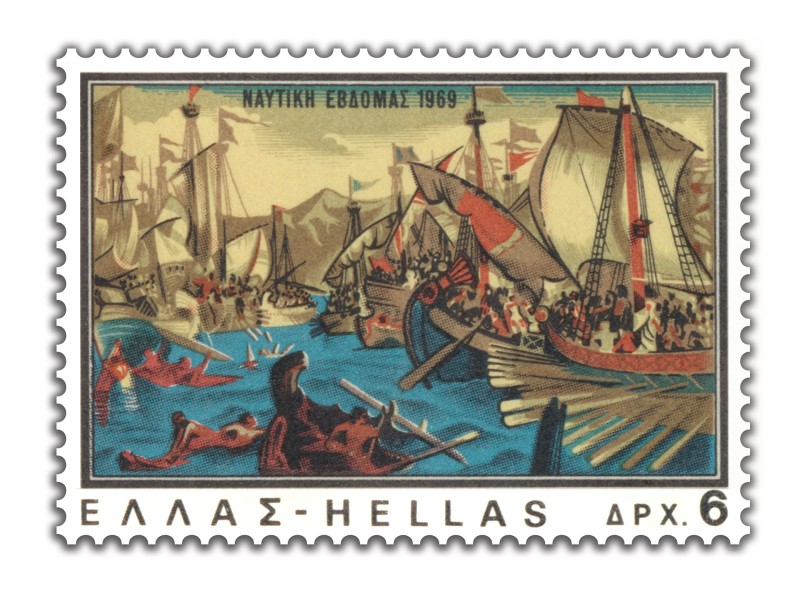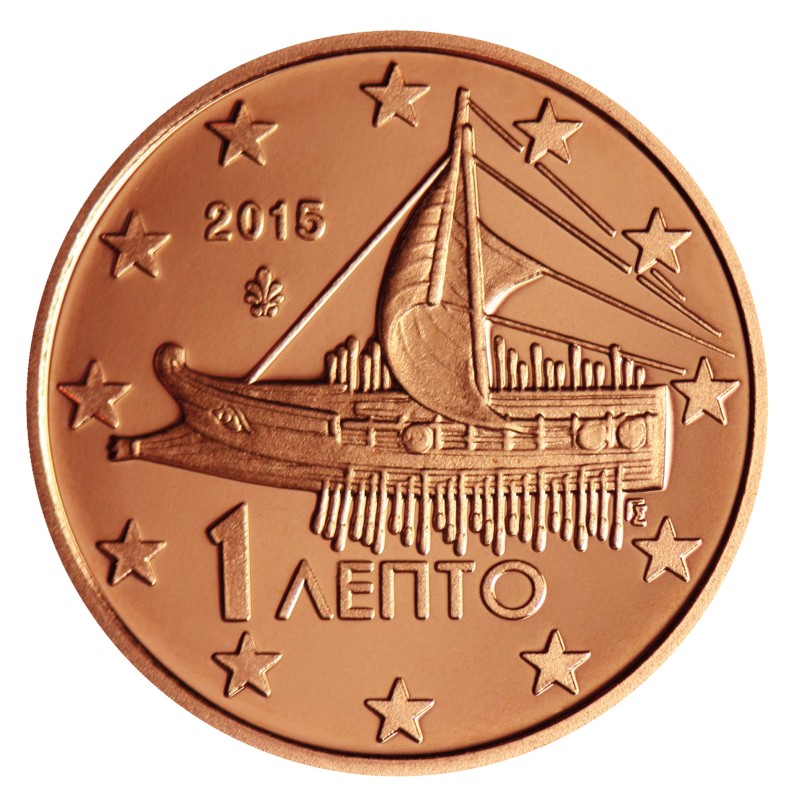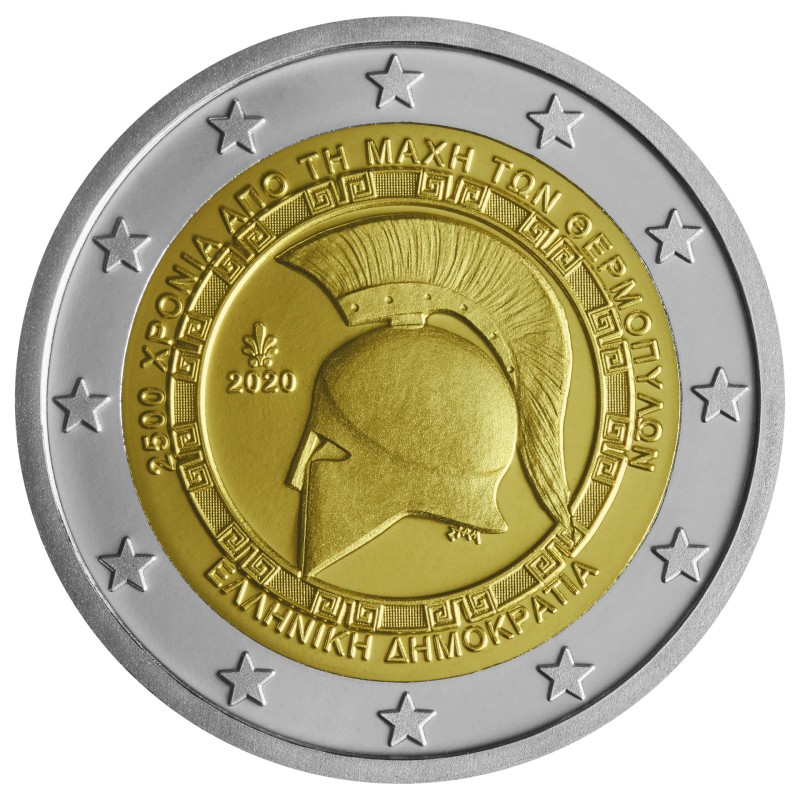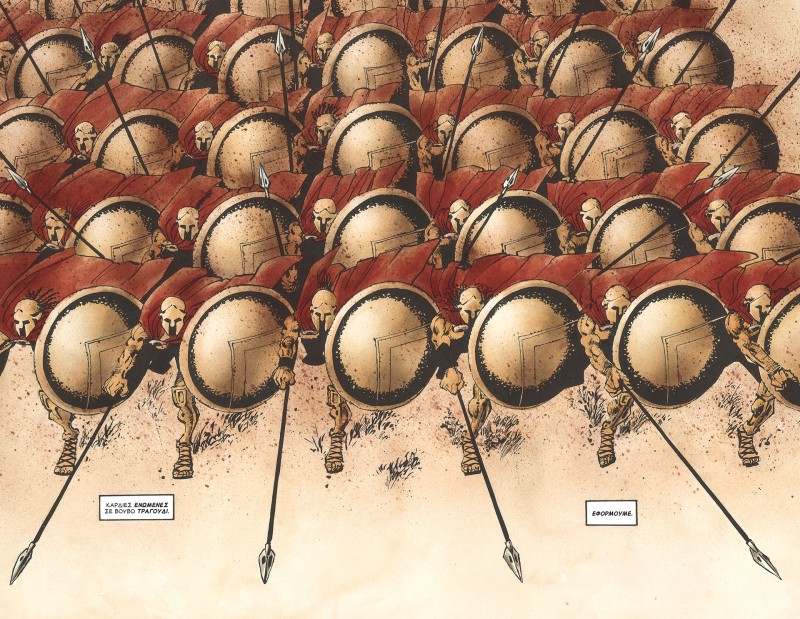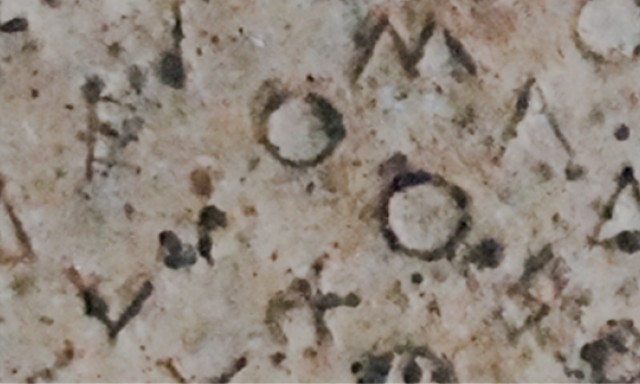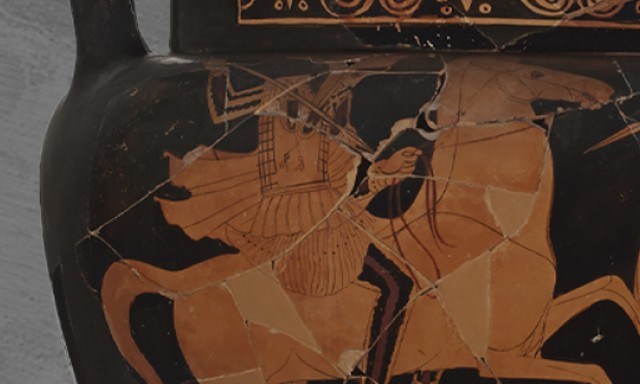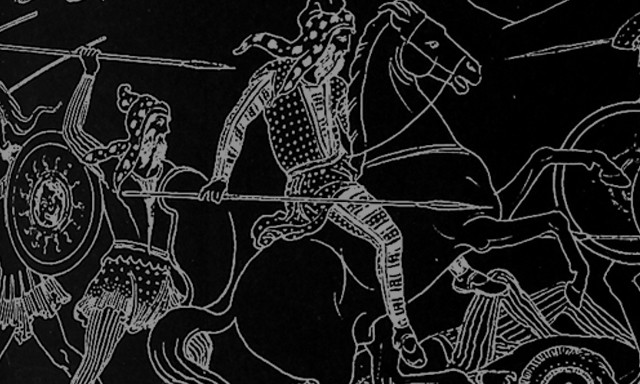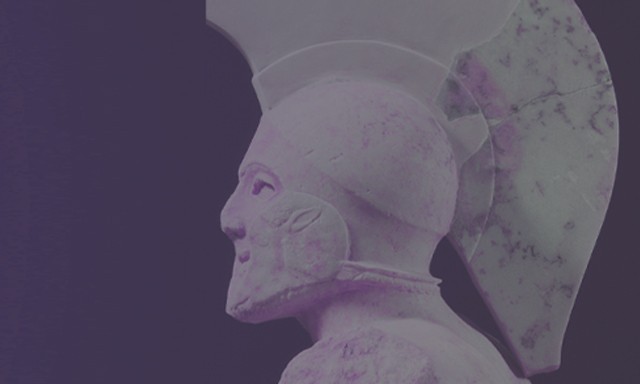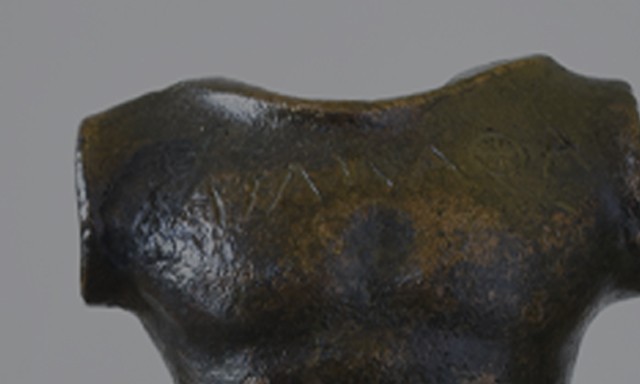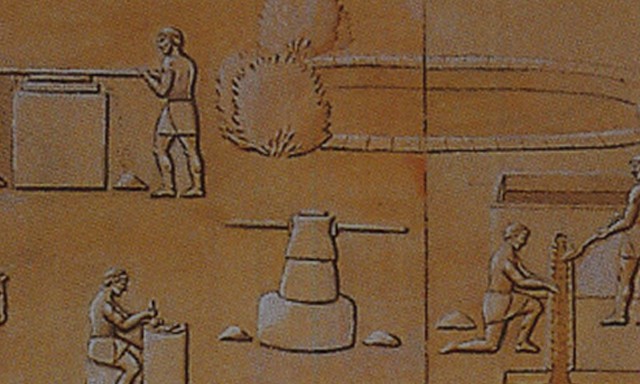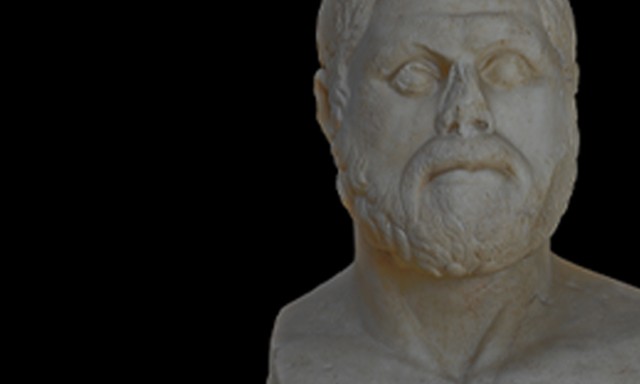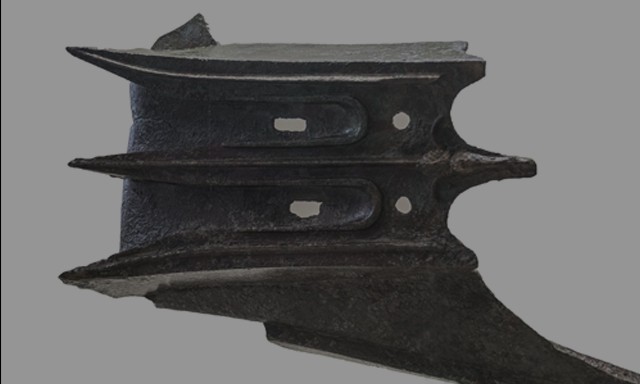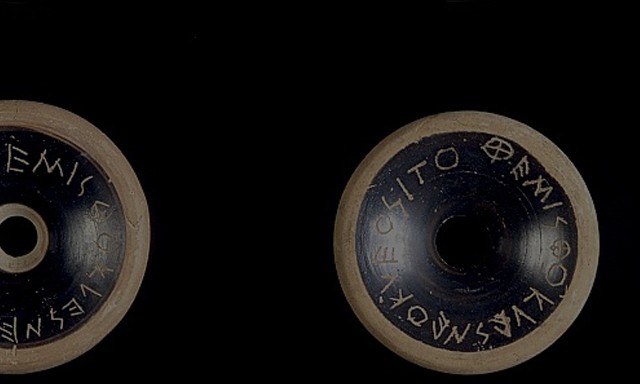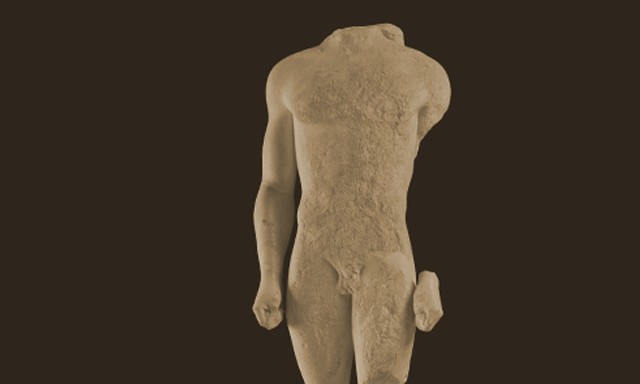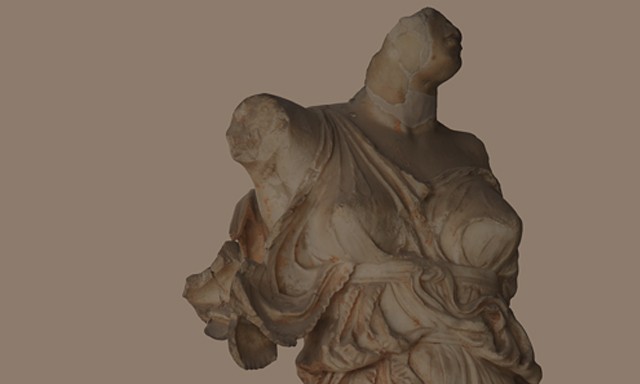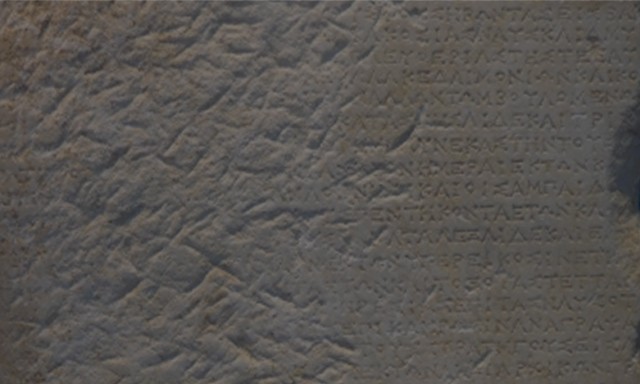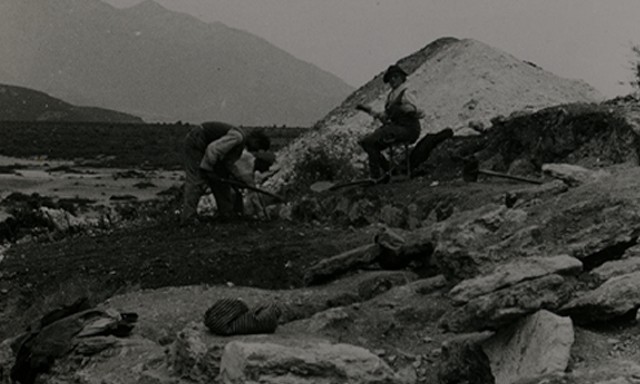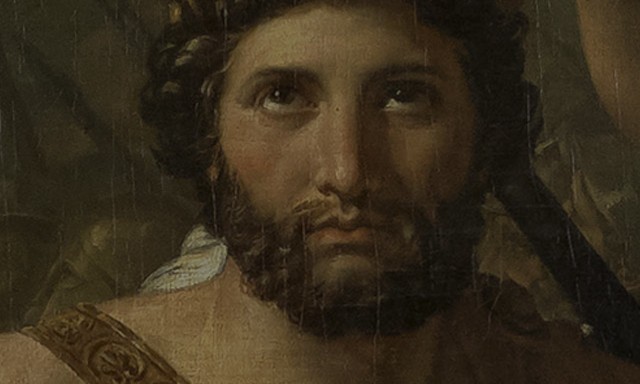CHAPTER CREDITS
The belief that the Persian Wars constitute an important page of History was settled in people’s consciousness already in antiquity. This was, after all, the motivation of Herodotus, who considered it his duty to record the events so that they would not be forgotten as time went by. Simultaneously, apart from their historic significance, the Persian Wars acquired also a symbolic value, provided inspiration to thought and art, offered ground for drawing several parallels with an often allegoric dimension.
The protagonists and their achievements were praised by the poets: from the wise density of the epigrams, the most renowned of which are those by Simonides of Ceos, to the symbolic words of Constantinos Cavafy, who managed to transform historic personalities to timeless archetypes.
Aeschylos as well, in his tragedy “Persians”, which was presented in 472 BC, just eight years after the naval battle of Salamis, used the historic primary material to shape a tragedy which was dramatic and at the same time deeply poetic, which attracts, to this day, special performances in important theatrical productions.
In ancient art, the clash between two worlds decorated a large number of vessels and sculptural compositions, sometimes with realistic battle scenes but also with mythological, allegoric representations. In more recent times, the period of Neoclassicism (19th century) showed particular interest for the heroic moments of the past, their high meanings and their moral values. Even nowadays, pictures depicted on stamps or coins, in novels, comics or movies, bear the echoes of History in our everyday lives.
CREDITS
DISCOVER THE EXHIBITS
Choose one of the objects of the exhibition
EXPLORE THE EXHIBITION
Choose a chapter of the Exhibition
